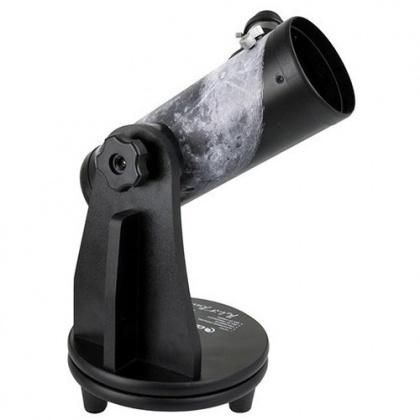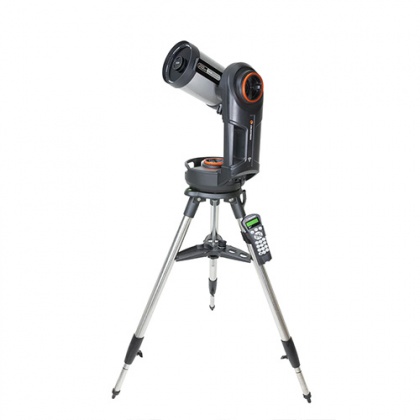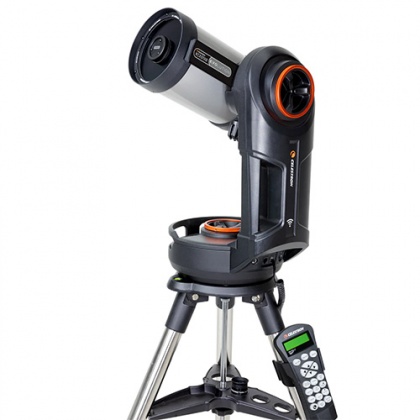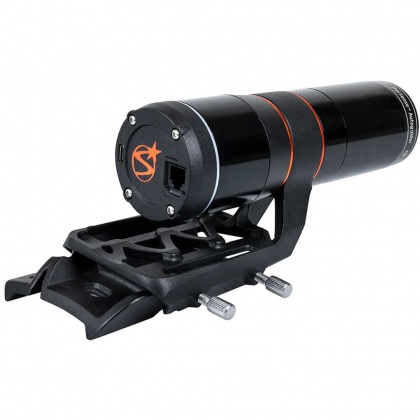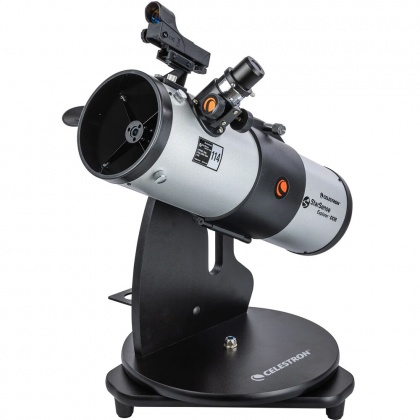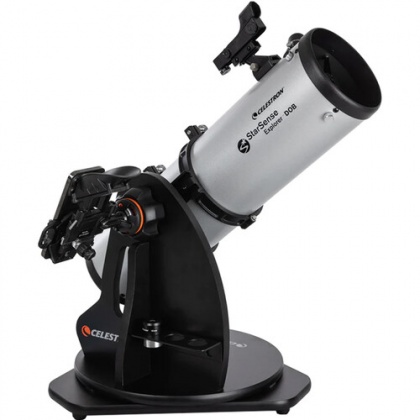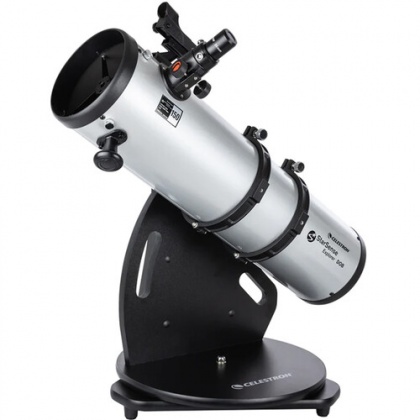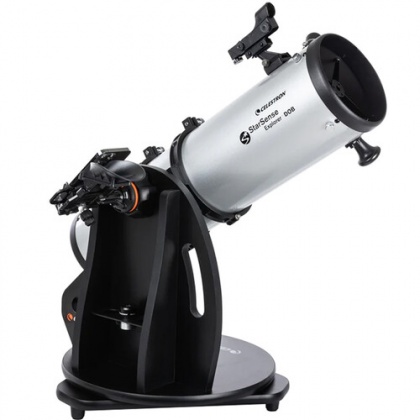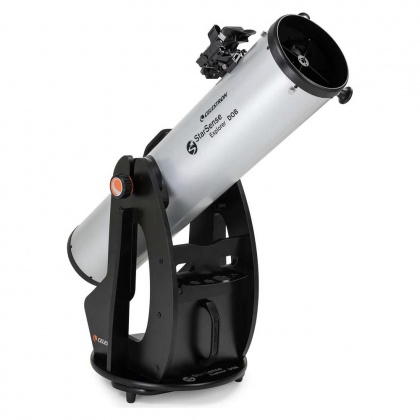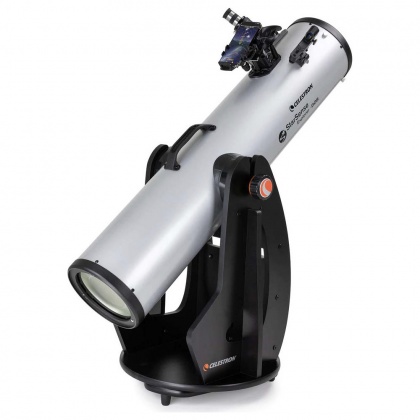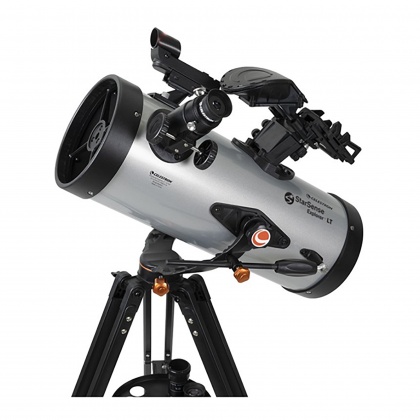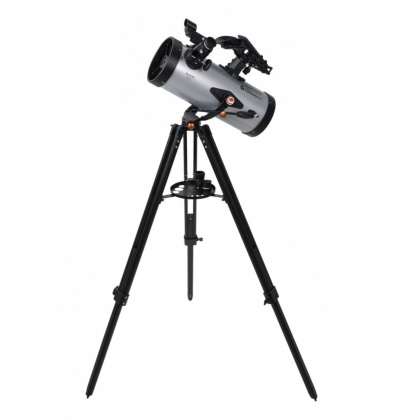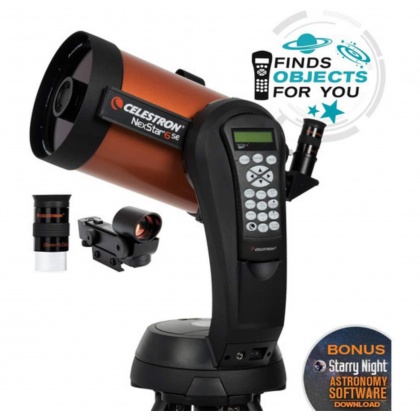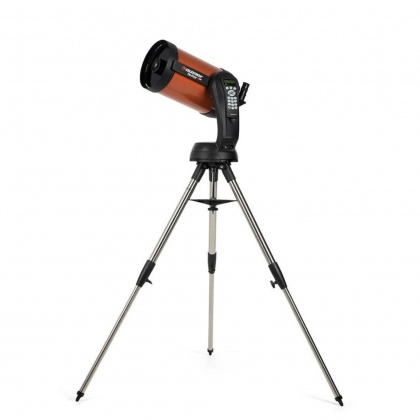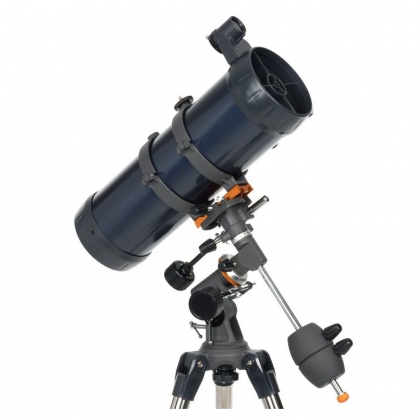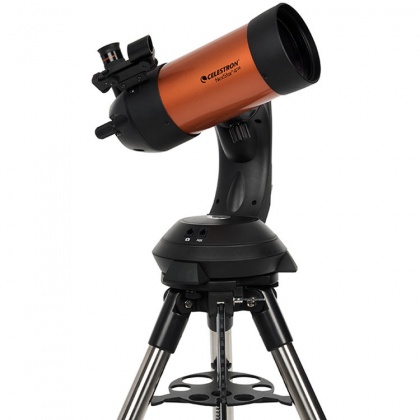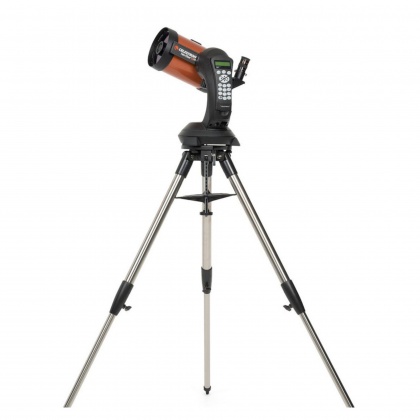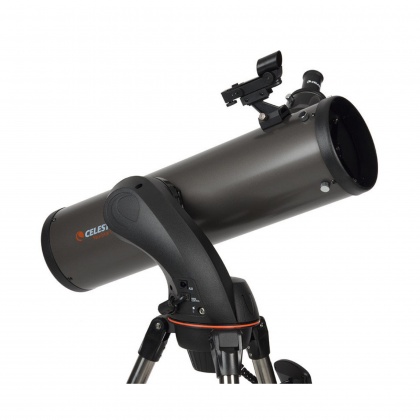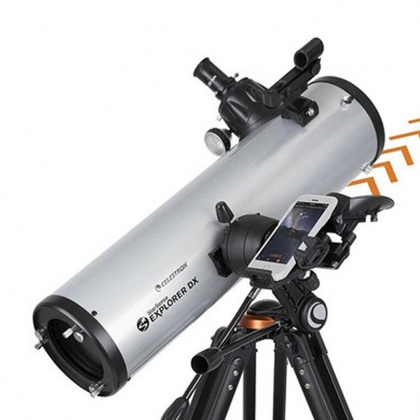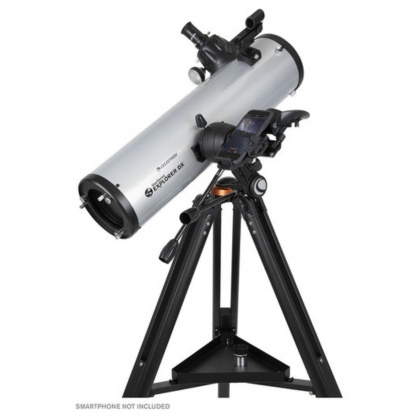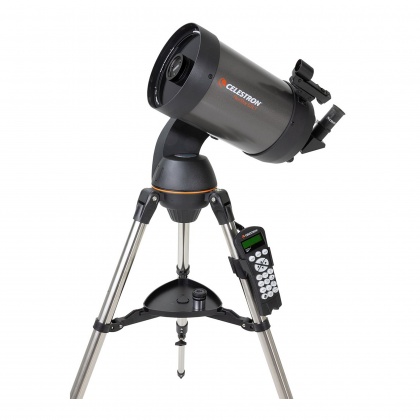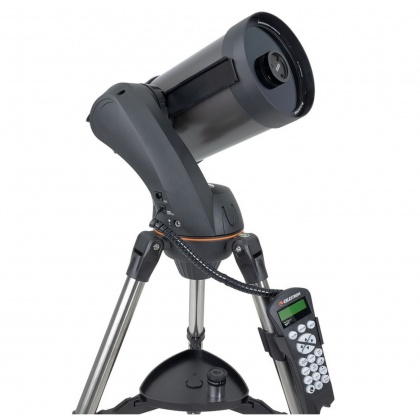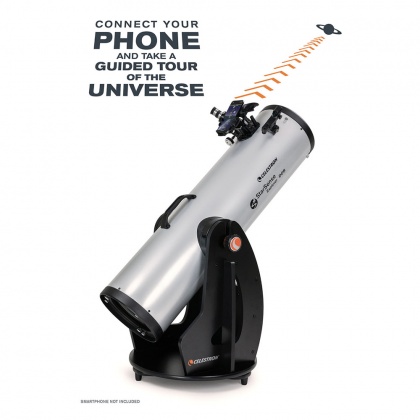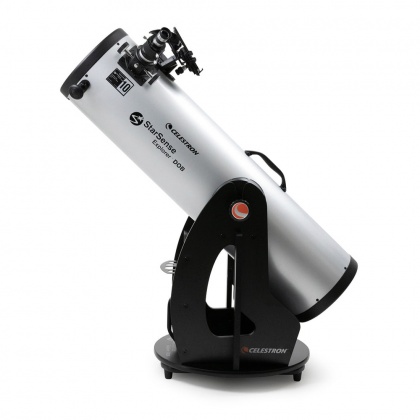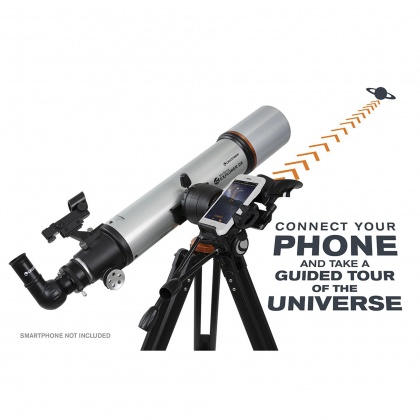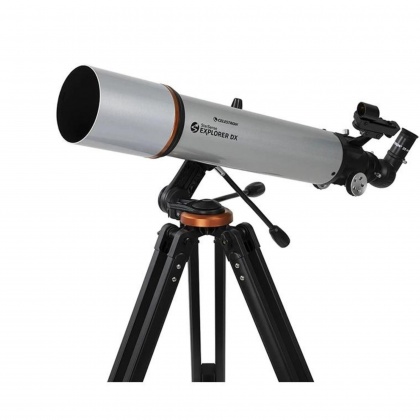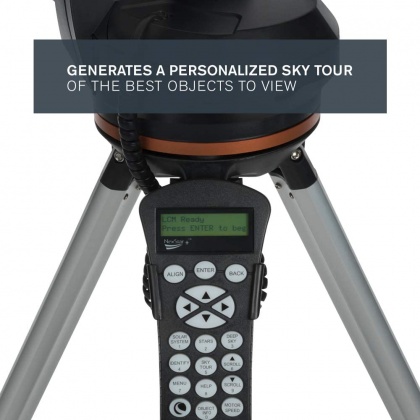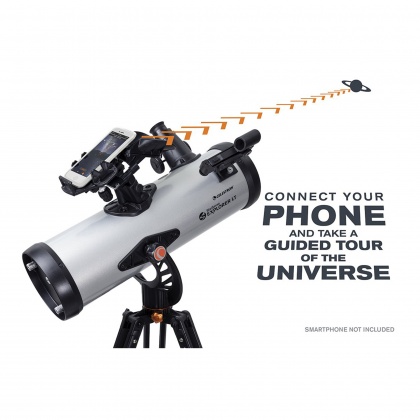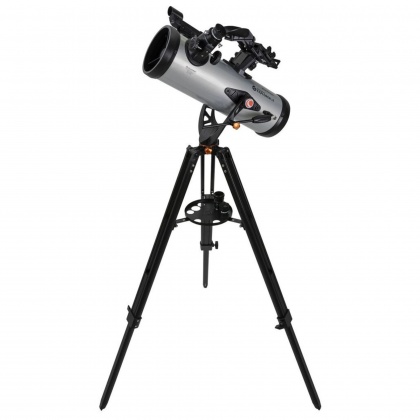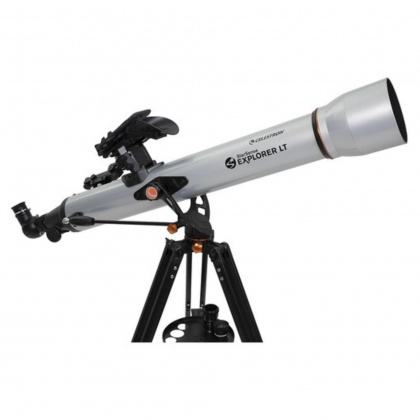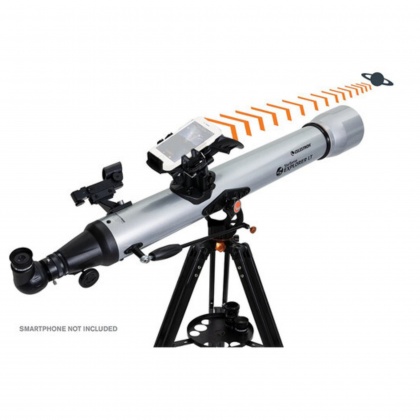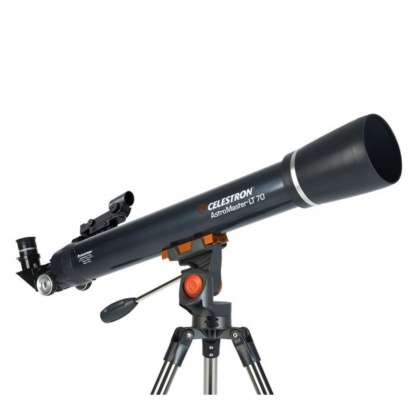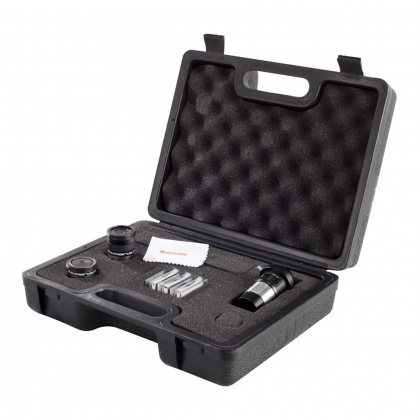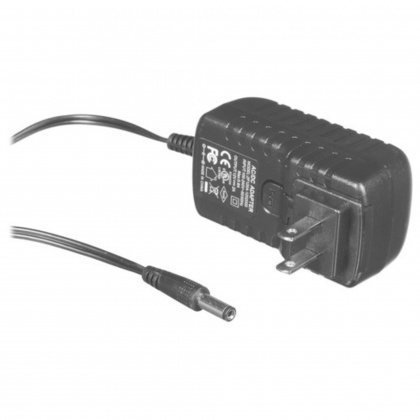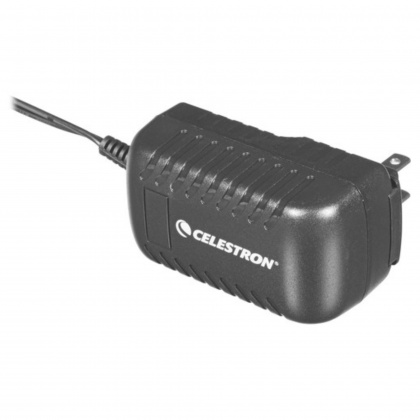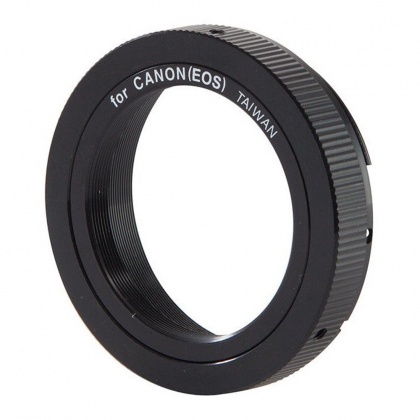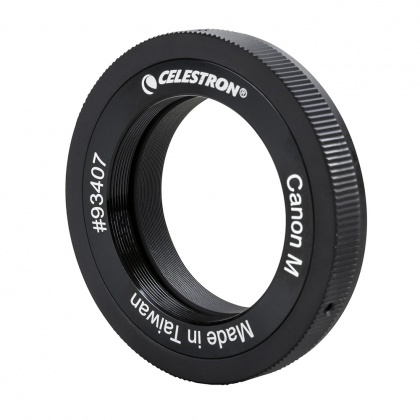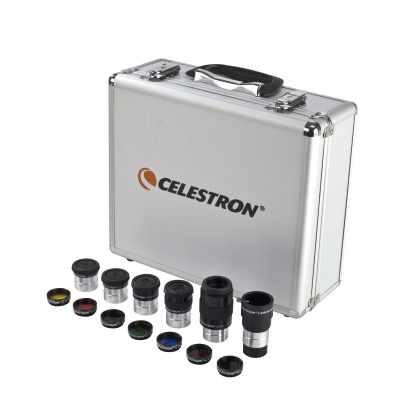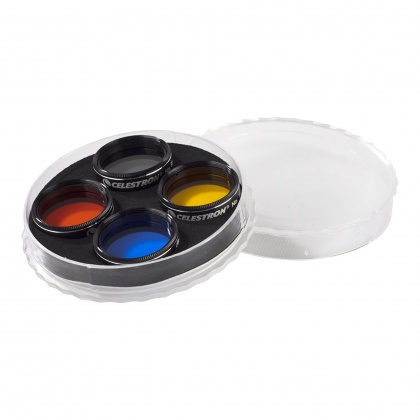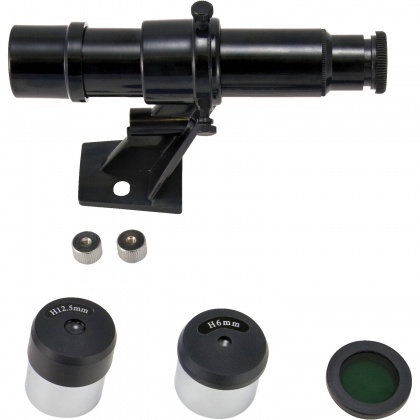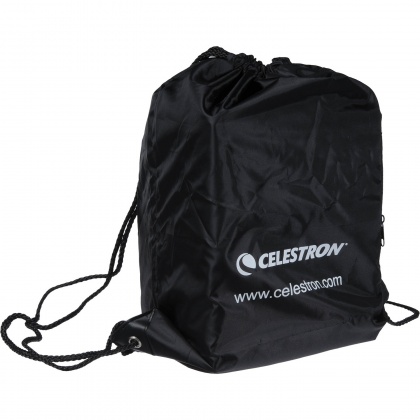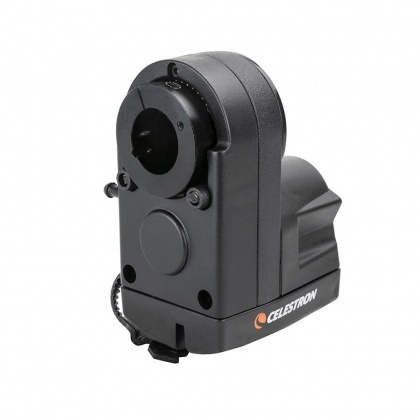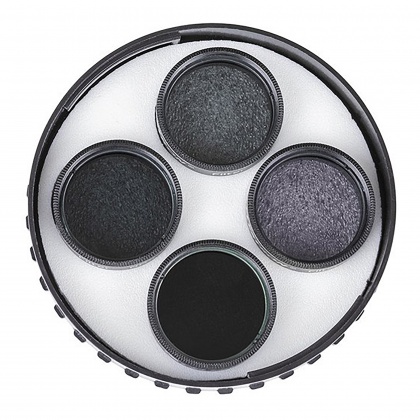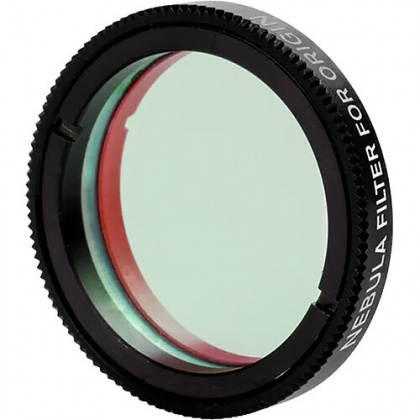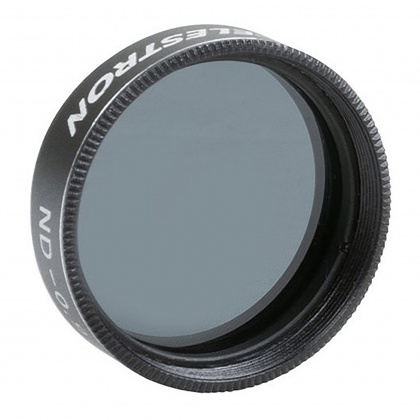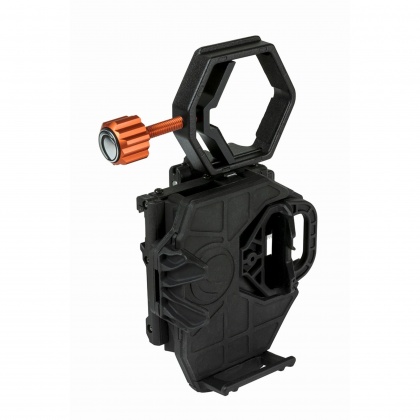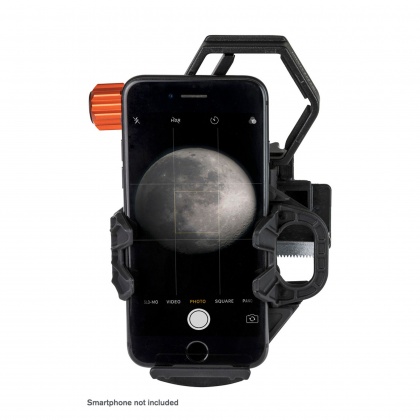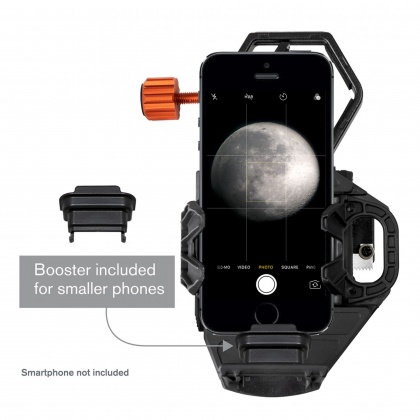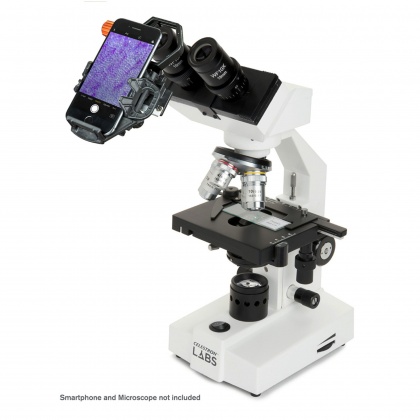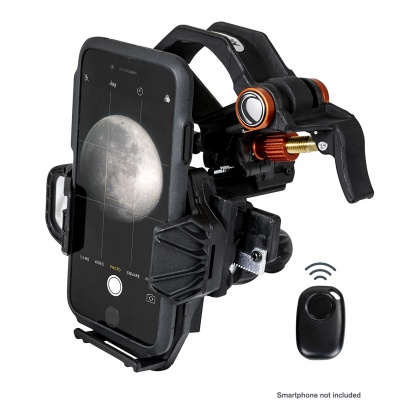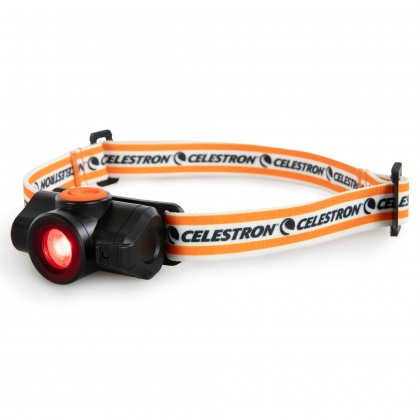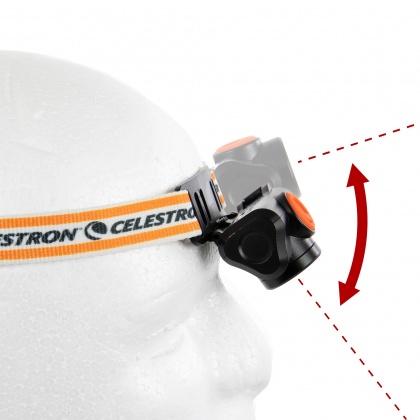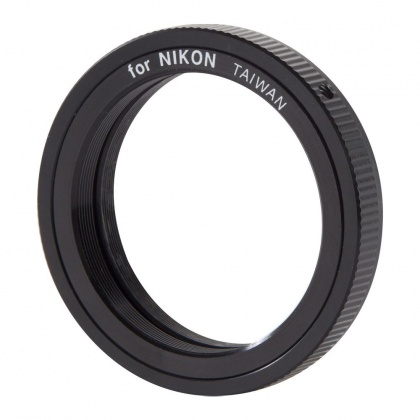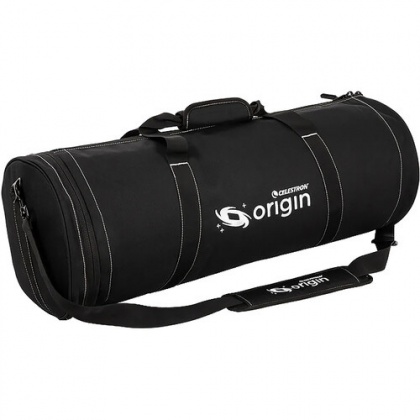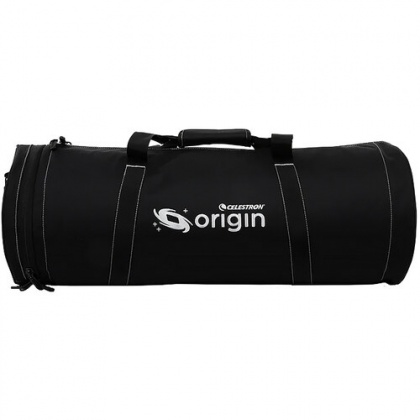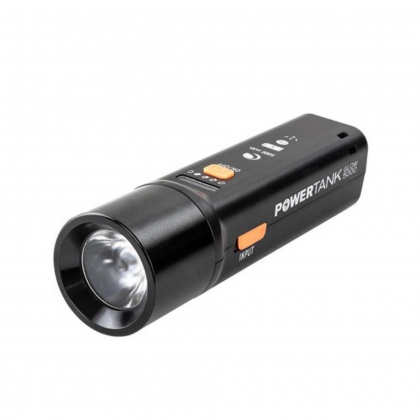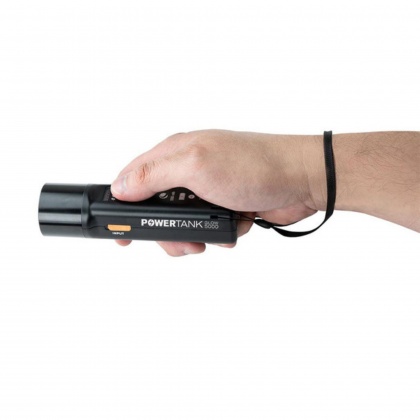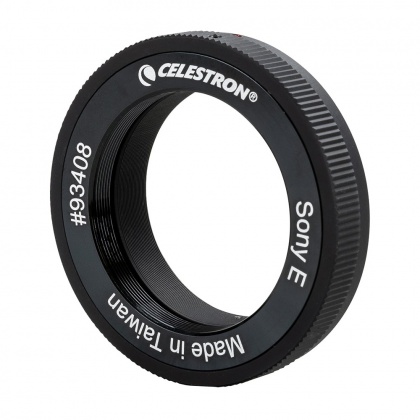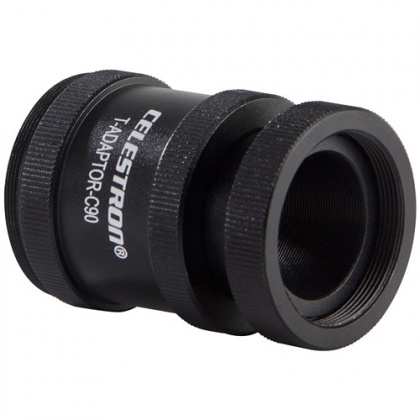How do I choose a telescope?
When you speak to us at Castle Cameras we are likely to answer your question with more questions! We’re like that – It helps us to understand your expectations and what you might want to use the ‘scope for.
If we know - What are you hoping to see? How dark is the sky where you will be using your new telescope? Will you be travelling with your telescope? How experienced are you? What is your budget?
It will help us to help you to choose the right telescope — because there is no one-size-fits-all.
We are happy to help you answer these questions and help you choose the right telescope. At the end of the day, it gets dark & that is when the right telescope really comes into its own.
What’s the best type of telescope for a beginner?
When you first start out looking at telescopes you will find yourself almost immediately inundated with jargon, which even to experienced users can be confusing. For now though, let’s look at the basics.
The best type of telescope for a beginner is one that’s easy to set up and enjoyable to use. Unsurprisingly astro scopes for beginners will be the entry level least expensive telescopes.
Our most popular beginner’s telescopes are the Celestron Inspire and the Celestron Astromaster.
Fundamentally there are 2 main types of telescopes. The terms you will see more often than not are Reflector & Refractor. So…
What is the difference between Reflector & Refractor telescopes?
The most obvious difference between the 2 types of ‘scope is the shape. A Reflector Telescope will generally be shorter and wider and you will look into it from the side, the scope is using mirrors to reflect the light through lenses to your eye.
While a Refractor Telescope will be longer and narrower and you will look in the end, where the light has been refracted through various lenses to meet your eye.
The reason these 2 types of telescope exist is that they are not exactly for the same job. As a rule Reflector Telescopes will offer higher magnification but with a sacrifice of sharpness of image, while Refractor Telescopes will offer better focus, but are not so good at gathering the light.
Generally, Refractor Telescopes are a better bet if you intend to travel with the scope, say to some nearby dark skies as the lenses will not need collimating and are simple to set up and use. A Reflector may be better to leave set up in a dark corner of the garden, the right Reflector scope can give amazing views of the Milky Way and beyond.
If you hope to look into deep space, i.e. beyond our solar system, a Reflector will be a better bet, though with some sacrifice of sharpness. If you want to look at things a little closer to home, i.e. planets, or whole galaxies or star clusters a Refractor might make more sense.
So hopefully you now have an idea of what the different shapes of scopes are, lets look at
What do the numbers mean on telescopes?
In the confusing world of telescopes it has been deemed that mixing Imperial and Metric measurements would be a good idea – it wasn’t mine.
Most Reflector telescopes will have wider tubes than Refractor telescopes, this allows them to gather up that light as mentioned above. You will find Reflector telescopes generally varying from 4” – 8” and indeed a lot larger in some cases. These will also be sometimes called 114mm, 127mm, 130mm – Anything to confuse!
Refractor telescopes will more often than not be narrower, ours range from 70mm to 100mm
Unlike Binoculars or Spotting Scopes (Which can of course be used for star gazing) you will not generally find any reference to the magnification on a Telescope. This is because a key determining factor is the eyepiece you use.
What Magnification do Telescopes give?
As we have alluded to already, the magnification will vary depending on the scope, but just as important, is the eyepiece. Celestron Telescopes allow you to change the eyepiece, to offer greater magnification or more detail.
Scopes will come with at least one eyepiece to get you started.
The magnification of your scope is calculated buy dividing the focal length of the scope by the size of the eyepiece.
Common eyepieces will range from 4mm to 40mm though you can buy ones outside these ranges.
It is also possible to buy a Barlow Lens – This is nothing to do with the popular crooner Gary - It will allow you to double your effective magnification.
Remember though as magnification increases image quality decreases.
If you are still with me, well done – One last thing to decide
What Mount do I need for my telescope?
As a rule the more expensive telescopes will have smarter technology in their mounts.
Don’t panic though – Almost all Celestron scopes will come with the tripod and mount in the box.
The thing to remember is we are on a globe and as such the night sky is effectively a dome. What this means in practice is that as objects ‘move across the night sky’ they will not move in a straight line.
The most basic mounts will allow you to move your scope up, down, left and right – this is great to quickly find something, but can be confusing to then follow it as it moves relative to the Earth.
The clever folks at Celestron have come up with a few solutions to this.
Firstly you will need an Equatorial Mount. This will allow you to track objects far more simply.
Celestron make a range of scopes with Equatorial mounts.
Starting with the Starsense range, which, thanks to Celestron’s ‘Starsense Explorer’ App allow you to use your smart phone to know exactly what you are looking at.
As you move through the ranges you will find Motorised mounts which track objects across the night sky, Computerised GoTo mounts which can find specific objects for you and follow them, and of course WiFi enabled, Motorised Computerised mounts ones so clever you need not even sit out in the cold. You can stay in listening to your Gary Barlow by the fire - Though that might be what you were trying to avoid in the first place.
What can I see with my telescope?
Here is a useful link to show you month by month what is going on this year (And next), kindly supplied by BBC Sky at Night.
If you would like any more information or help choosing your Astro Telescope give us a ring or use our live chat option.




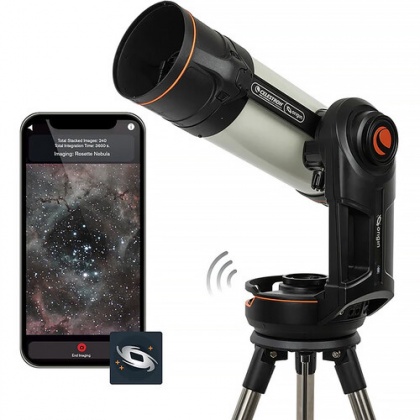
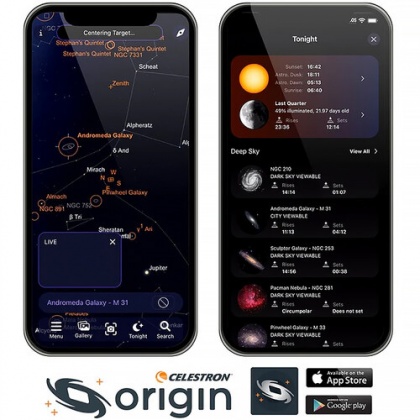
 Low Stock - order now or contact us to reserve
Low Stock - order now or contact us to reserve
